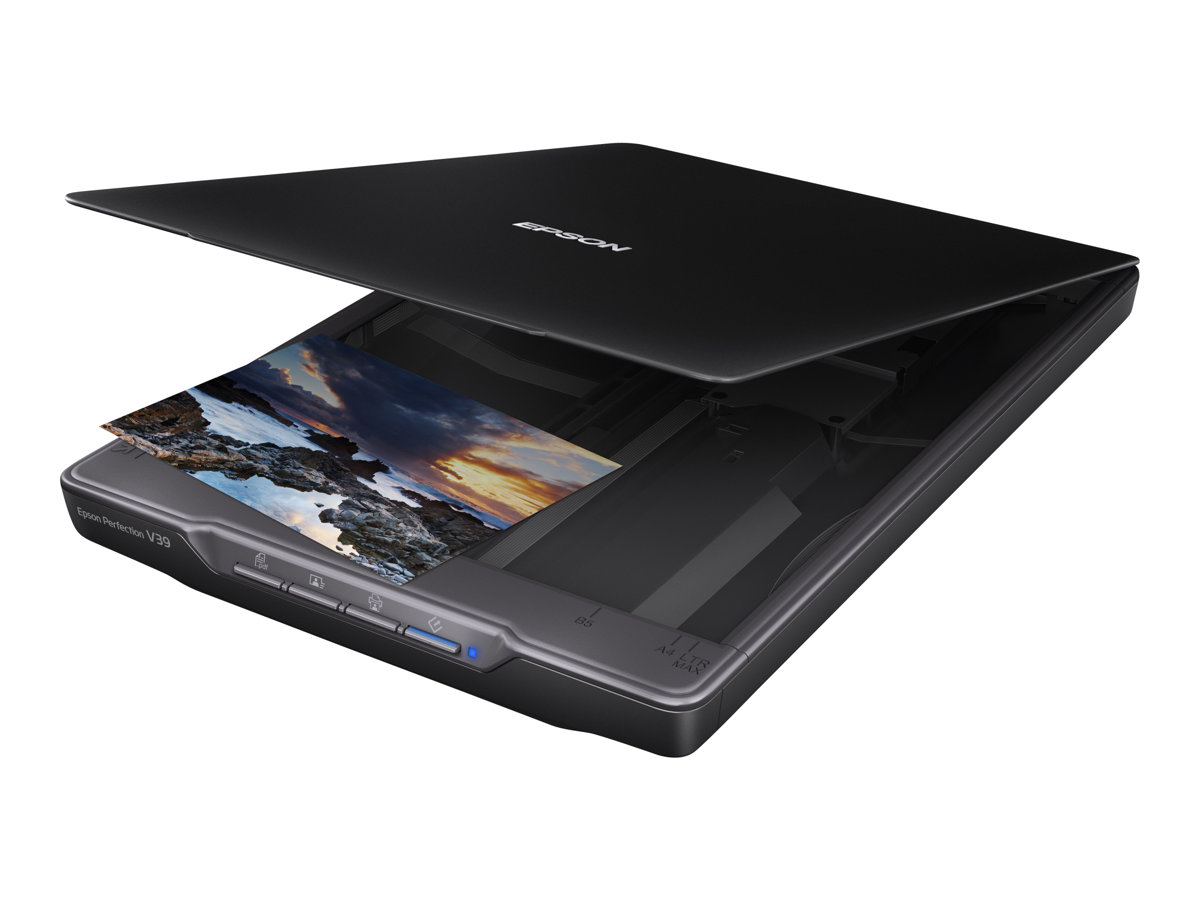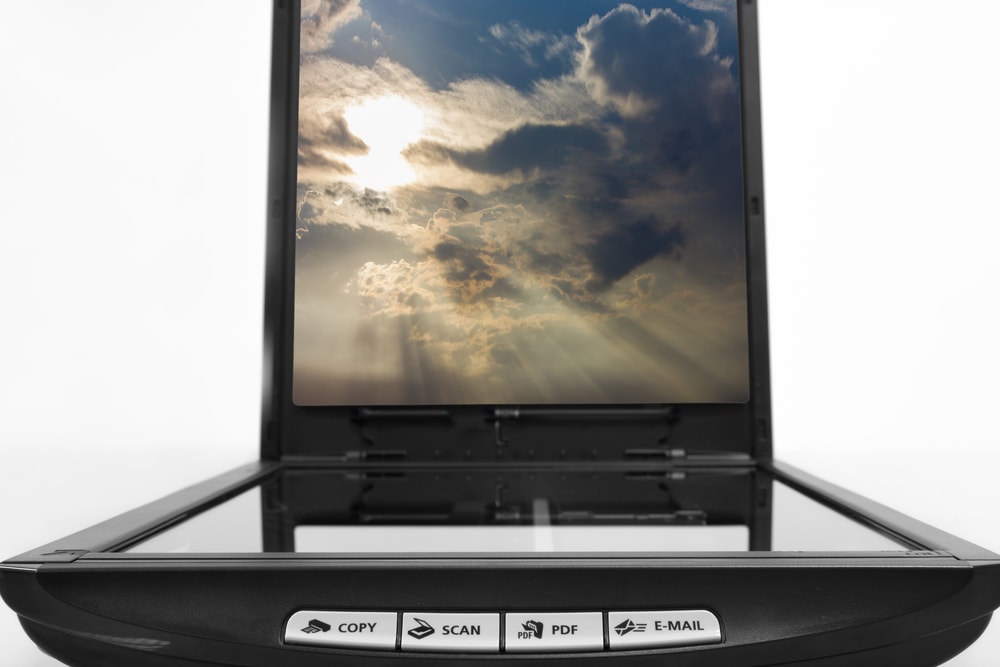
- #Best flatbed scanner for photos and negatives for free
- #Best flatbed scanner for photos and negatives how to
- #Best flatbed scanner for photos and negatives pro
- #Best flatbed scanner for photos and negatives software
- #Best flatbed scanner for photos and negatives plus
Then put the Ziploc bags in a sturdy box for shipment. (Or send your slides in carousels, and the service will remove the slides, scan them and place them back in.) Put the envelopes and boxes in Ziploc bags to protect them from moisture in transit. To prepare them for scanning, you might group negative strips in envelopes and put slides in old aluminum foil or Saran Wrap boxes. Photo-scanning services, such as ScanCafe and ScanDigital, can handle photos, videos, movies, slides and negatives in many formats. Whatever film size you have, you can digitize it using at least one of these three options: 1. “Large-format” film has a single frame of 4×5 inches or larger, such as 5×7 or 8×10 inches. “Medium-format” film, such as 120 and 220, has a single frame larger than 135 film (24×36 mm), but smaller than 4×5 inches.

35mm film was the most common film size (or “format”) before the digital camera took over, but a variety of film sizes were popular in earlier years.
#Best flatbed scanner for photos and negatives plus
Your collection of family photos might include prints and slides, plus negatives in various sizes. Return to top How Do I Scan Slides and Photo Negatives?
#Best flatbed scanner for photos and negatives for free
Microsoft no longer supports Photo Gallery, but you can download the app for free from various websites, and it still works under Windows 10. Photo Gallery, the predecessor to Windows Photos, creates panoramas, and I found this feature very easy to use. If Google Photos notices that two or more photos overlap, it might automatically create a panorama from them, but you can’t manually select pictures to stitch together.
Panoramic stitching is not supported in Microsoft Photos, the photo viewer and editor included with Windows 10, or in Apple Photos, the photo management and editing app that comes with Apple devices. Stitching together different sections of a photo or document you scanned is much easier. Most of these apps are adept at merging a series of overlapping photographs together to create a seamless panorama, even when some parts don’t match up perfectly. PhotoStitcher, for example, is easy to use and can handle multi-row panoramas. If you don’t already have one of those photo apps, you might consider getting one that focuses specifically on panoramic stitching. These programs have fewer features than Photoshop and Lightroom, but they’re generally easier to use.
#Best flatbed scanner for photos and negatives pro
Examples include Adobe Photoshop Elements, Corel PaintShop Pro and CyberLink PhotoDirector 365.
#Best flatbed scanner for photos and negatives software
Software catered to less-serious photographers and archivists can do panoramic stitching, too. Both of them are cloud-based apps (i.e., you use them primarily through the internet) with tools to create, edit, organize, store and share photos.


Most commercial photo-editing programs can take on this task, often called panoramic stitching.įollow these steps to scan a large document or picture in parts and stitch them together: You could use your camera or cellphone to take a picture of the oversize photograph or document, but it can be hard to get the lighting and angle just right.Ī simpler and more economical solution? Scan the item in parts, then stitch the scanned files together to create a single document or image. Most typical flatbed scanners can handle items up to about 8.5×11.75 inches larger scanners aren’t worth the investment if you have only a few big items to scan. Here are solutions to four common challenges when scanning family photos and documents. You can also organize your digital images for easy searching, attach them to ancestor profiles in your genealogy software and online family trees, post them on Facebook and share them via email.īut scanning isn’t always simple, especially if you’re facing piles and piles of photos or outdated formats such as negatives or slides. It creates a digital copy for long-term preservation, and (with digital backup copies) you can edit and improve the image. Scanning old family photos and documents yields multiple benefits. Family Tree Templates and Relationship Charts.Best UK, Irish and Commonwealth Genealogy Websites.Best African American Genealogy Websites.Surnames: Family Search Tips and Surname Origins.Preserving Old Photos of Your Family History.
#Best flatbed scanner for photos and negatives how to


 0 kommentar(er)
0 kommentar(er)
